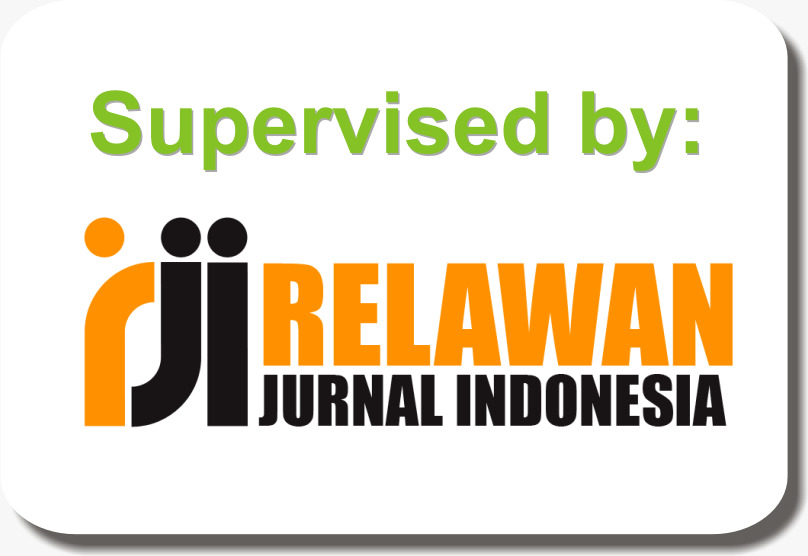Sistem Pengendalian Lalat Otomatis Berbasis IoT dan Deep Learning dengan Optimasi Frekuensi
Keywords:
IoT, deep learning, ultrasonic, fly repellent, LSTMAbstract
This research develops an IoT-based fly repellent system using AD9850 module and piezo speaker, combined with adaptive ultrasonic frequency optimization through artificial intelligence (AI). The system is built using ESP32, integrates DHT22 sensors, and is controlled via the Blynk IoT platform. Field data are collected over seven days, with hourly records of fly count, temperature, humidity, and device status. A Long Short-Term Memory (LSTM) model predicts fly populations and recommends optimal frequencies (40/60 kHz) automatically. Results show that activating 60 kHz frequency reduced the average fly count by up to 65%. The AI model achieves R²=0.96 and RMSE=1.8 flies/hour. The integrated IoT-AI solution reduces manual intervention, increases repellent effectiveness, and supports the realization of a hygienic environment powered by smart technology.
References
[1] World Health Organization, "Housefly (Musca domestica) as a vector of diseases," WHO Vector Control, 2014.
[2] Kementerian Kesehatan RI, "Lalat, Penyakit, dan Sanitasi Makanan," Depkes.go.id, 2022.
[3] S. Rahayu, et al., "Efektivitas Insektisida Alami dan Kimia untuk Pengendalian Lalat," Jurnal Entomologi Indonesia, vol. 20, no. 3, 2021. [Online]. Available: https://journal.ipb.ac.id/index.php/jei/article/view/37119
[4] P. P. Apryandana, I. G. M. N. Desnanjaya, I. K. D. G. Supartha, A. A. G. Ekayana, and I. G. Adnyana,
"Design and Development of a Housefly (Musca domestica) Repellent Device Using Ultrasonic Waves Based on the Internet of Things,"
International Proceeding Conference on Information Technology, Multimedia, Architecture, Design, and E-Business (IMADE), vol. 3, pp. 394–399, Dec. 2024.
[Online]. Available: http://eprosiding.idbbali.ac.id/index.php/imade/article/view/919
[5] P. Maya, "Evaluasi Perangkap Lalat Berbasis Sensor Suara dan IoT," Jurnal Teknik ITS, vol. 10, no. 2, 2021. [Online]. Available: https://ejurnal.its.ac.id/index.php/teknik/article/view/39423
[6] A. Rakhmat, et al., "Pengaruh Frekuensi Ultrasonik terhadap Lalat Rumah," Jurnal Teknologi Lingkungan, vol. 21, no. 1, pp. 44-52, 2020. [Online]. Available: https://journal.itb.ac.id/index.php/jtl/article/view/13720
[7] D. Wahyuni and R. Wildian, "Pengusir Lalat Ultrasonik Berbasis Arduino," Jurnal Elektro dan Instrumentasi, 2024. [Online]. Available: https://ejournal.unand.ac.id/index.php/jei/article/view/52899
[8] S. Ahmed, et al., "IoT based intelligent pest management system for precision agriculture," Scientific Reports, 2024. [Online]. Available: https://www.nature.com/articles/s41598-024-83012-3
[9] I. G. M. N. Desnanjaya, I. M. A. Nugraha, I. K. A. Widagda, and I. G. Adnyana,
"CNN-Based IoT System for River Waste Detection,"
Jurnal Krisnadana (Jurnal Komputer, Sistem Kendali & Jaringan), vol. 4, no. 2, pp. 86–94, Jan. 2025.
doi: 10.58982/krisnadana.v4i2.750
[10] A. Bala, et al., "AI-enabled IoT-based pest prevention and controlling system using sound analytics algorithms," Computers and Electronics in Agriculture, vol. 216, 2024. [Online]. Available: https://www.sciencedirect.com/science/article/abs/pii/S0168169924002357
[11] J. Zhang, et al., "Smart IoT-based pest control system for food storage," Sensors, vol. 23, no. 14, 2023. [Online]. Available: https://www.mdpi.com/1424-8220/23/14/6269
[12] N. I. Darma, N. Funabiki, Y. Y. Fridelin, K. C. Brata, A. A. G. Pradhana, S. Nopiranto, and I. G. M. Ngurah Desnanjaya,
"Implementation of Sensor Input Setup Assistance Service Using Generative AI for SEMAR IoT Application Server Platform,"
Information, vol. 16, no. 2, p. 108, 2025.
doi: 10.3390/info16020108
Downloads
Published
How to Cite
Issue
Section
License
Copyright (c) 2025 I Gusti Made Ngurah Desnanjaya, Nyoman Sarasuartha Mahajaya, Anak Agung Surya Pradhana, I Made Aditya Nugraha

This work is licensed under a Creative Commons Attribution-NonCommercial-ShareAlike 4.0 International License.
Copyright in each article belongs to the author.
- The authors admit that RESISTOR Journal as a publisher who published the first time under
 Attribution-NonCommercial-ShareAlike 4.0 International (CC BY-NC-SA 4.0) License.
Attribution-NonCommercial-ShareAlike 4.0 International (CC BY-NC-SA 4.0) License. - Authors can include writing separately, regulate distribution of non-ekskulif of manuscripts that have been published in this journal into another version (eg sent to respository institution author, publication into a book, etc.), by recognizing that the manuscripts have been published for the first time in RESISTOR Journal






1.png)









